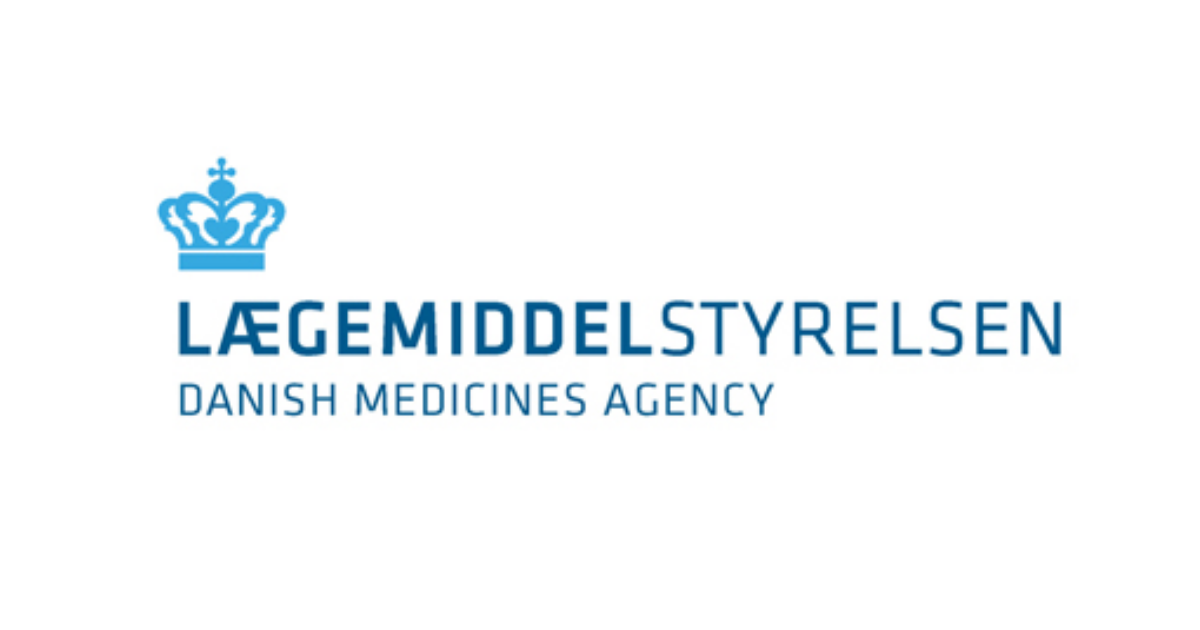Registration and marketing
Marketing
Medical devices may only be made available on the market, placed on the market, sold, distributed or put into service if they meet the requirements laid down in the two European medical devices regulations and the Danish executive orders in the area. It is the manufacturer that has the responsibility for the performance and safety of the device when it is marketed.
Medical devices do not require approval by the authorities before they can be marketed.
Medical devices must obtain CE marking
The CE mark shows that the device meets the applicable requirements of the EU regulations and the Danish executive orders and that the device has been subjected to a conformity assessment procedure. The CE mark must be followed by an identification number of the notified body if it is a medical device in risk class IIa, IIb and III or an IVD in risk class B, C and D.
The device’s CE mark must appear in the instructions for use, on the device itself or, in the case of a sterile device, on the package containing it. The CE mark must also be placed on the sales packaging if possible.
Classification
The device must be classified pursuant to the applicable rules and which are specified in Annex VIII of EU regulation 2017/745 on medical devices or Annex VIII of EU regulation 2017/746 on in vitro diagnostic medical devices. The European Commission has issued guidance documents with many good examples for classification of medical devices and for classification of IVDs. Find them here: https://ec.europa.eu/health/medical-devices-sector/new-regulations/guidance-mdcg-endorsed-documents-and-other-guidance_en.
Risk analysis
Medical device manufacturers must prepare risk analyses for their devices. The risk analysis describes the risks associated with the intended use of the medical device. Any risks associated with using the device must be acceptable in relation to the performance of the device. The risk analysis must be maintained and updated on an ongoing basis to reflect any arising changes that can affect the risk profile of the device (for example production changes and experience from the market). Risks must appear on the device’s labelling and in the instructions for use.
Conformity assessment procedure
Manufacturers must ensure that the device complies with the requirements of the legislation, including the general safety and performance requirements laid down in Annex I of the EU regulations. This means that the manufacturer must prepare documentation of the device’s compliance with the requirements of the legislation. This documentation must comprise, for example, risk analysis, surveillance system, certificates and clinical evaluation.
The extent of the conformity assessment procedures depends on the risk class of the device.
For devices belonging to higher risk classes than I or A, the manufacturer must choose a notified body for the review of the product documentation. It must be a notified body designated by the authorities. The notified body issues a certificate if the documentation meets the requirements. The certificate is part of the manufacturer's documentation of the product’s performance and safety.
Market surveillance
Manufacturers of medical devices must have a surveillance system in place. This system is to ensure that the information on the performance and safety of the device is received and processed systematically after marketing. This enables the identification of any malfunction, failure or deficiencies and needed product improvements. In addition, the surveillance system must ensure that serious incidents and field safety corrective actions are reported to the authorities. The manufacturer is also obliged to make alterations to the product to minimise any risks associated with the device. Risks, if any, must be included in the manufacturer’s risk analysis.
Declaration of conformity
Manufacturers of medical devices must prepare a declaration of conformity to certify in writing that the product complies with the legislation. The product can obtain CE marking after that.
Incident reporting
Manufacturers are obliged to notify the authorities of any serious incidents and field safety corrective actions of a medical device. Serious incidents occurring in Denmark must be reported to the Danish Medicines Agency. The Danish Medicines Agency ensures that information on serious incidents with medical devices is received and investigated.
Advertising
Any advertising of medical devices must be adequate and factual. The information in advertising of medical devices must be consistent with the device’s intended purpose and scope of application and shall be documented.
The executive order on advertising regulates and contains requirements applicable to advertising of medical devices, including rules on the financial benefits that you as a company may offer to healthcare professionals and other professionals. In our guideline on advertising, etc. for medical devices we describe definitions, rules and prohibitions (in Danish only).
